The Archibald Prize 2024: see the finalists
This year, arguably, there are fewer creditable pictures than ever, and even some pictures by decent painters fall frustratingly short of what they are capable of achieving | SEE OUR FINALISTS GALLERY
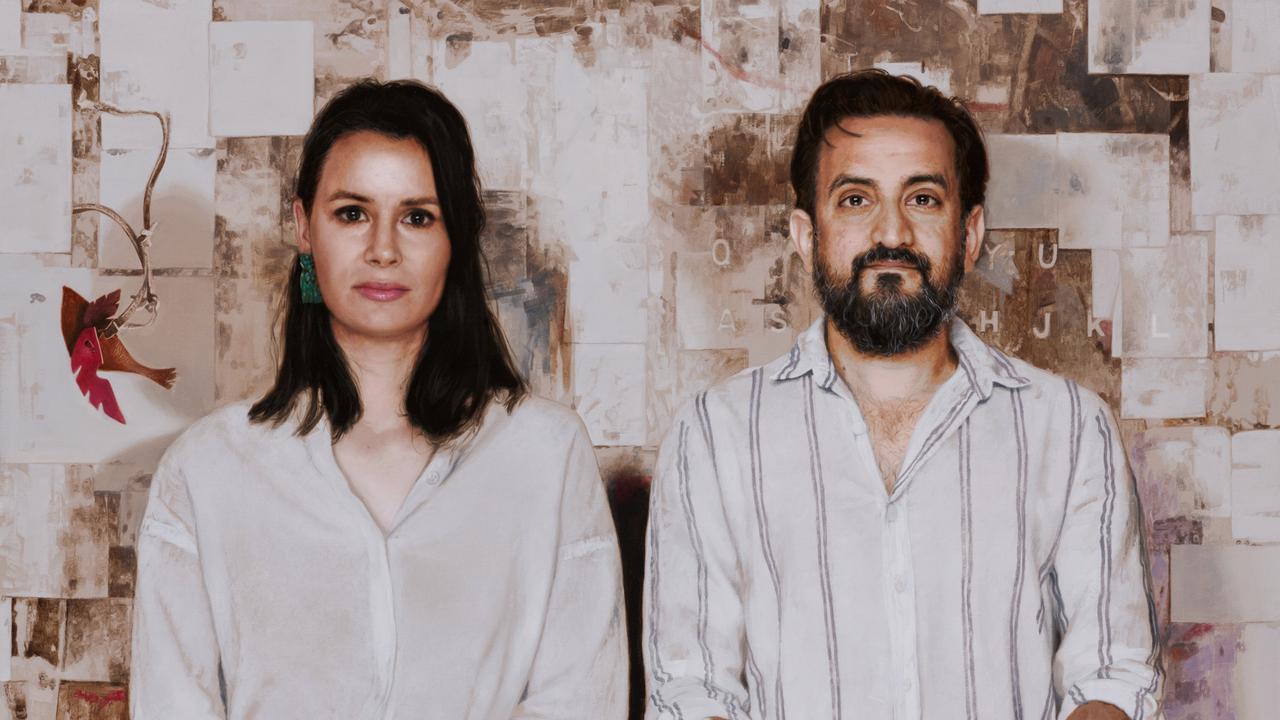
The Archibald is a prize for portraits, and it would be a very different exhibition if it were selected and judged by portrait painters: the kind of artists people actually commission to paint their portraits because they are good at their profession.
Such an exhibition would, in the first place, be dominated by professional practitioners, almost self-selected by their proven competence and record of success; and secondly, it would represent, on the whole, the best of the pictures submitted for the award. If we are concerned that such a professional committee might be too narrow in its selection and judging criteria, we could add an art historian or a critic with deep understanding of the portrait genre.
Most people probably assume that any prize exhibition will present not only skilful practitioners of their craft, but the best of the candidates who have applied. In the case of the Archibald, however, as with many other art prizes in Australia, it is the reverse that happens: the artists shortlisted range from commercial hacks to amateurs and the pictures themselves are not the best of those that were submitted but the most disparate and sensational.
The reason for all this is that the Archibald is chosen by the trustees of the Art Gallery of NSW, the majority of whom are amateurs with little understanding either of the art of painting or of the specific requirements of the genre of portraiture. Once, there were serious and highly experienced artists among the trustees, but now they are more concerned with putting together a crowd-pleasing circus, regardless of artistic quality, while tugging their forelocks at every fashionable political cause.
This year, arguably, there are fewer creditable pictures than ever, and even some pictures by decent painters fall frustratingly short of what they are capable of achieving.
The best painting in the show is Tsering Hannaford’s portrait of her father Robert, who should have won the prize himself on several occasions, but especially in 2018, when an exceptionally strong self-portrait was overlooked in favour of a picture that did not deserve to be a finalist.
Hannaford’s painting is confident and clear and conveys much of what is strong and appealing about her father as an artist, even if it does not quite have his distinctive edge of toughness.
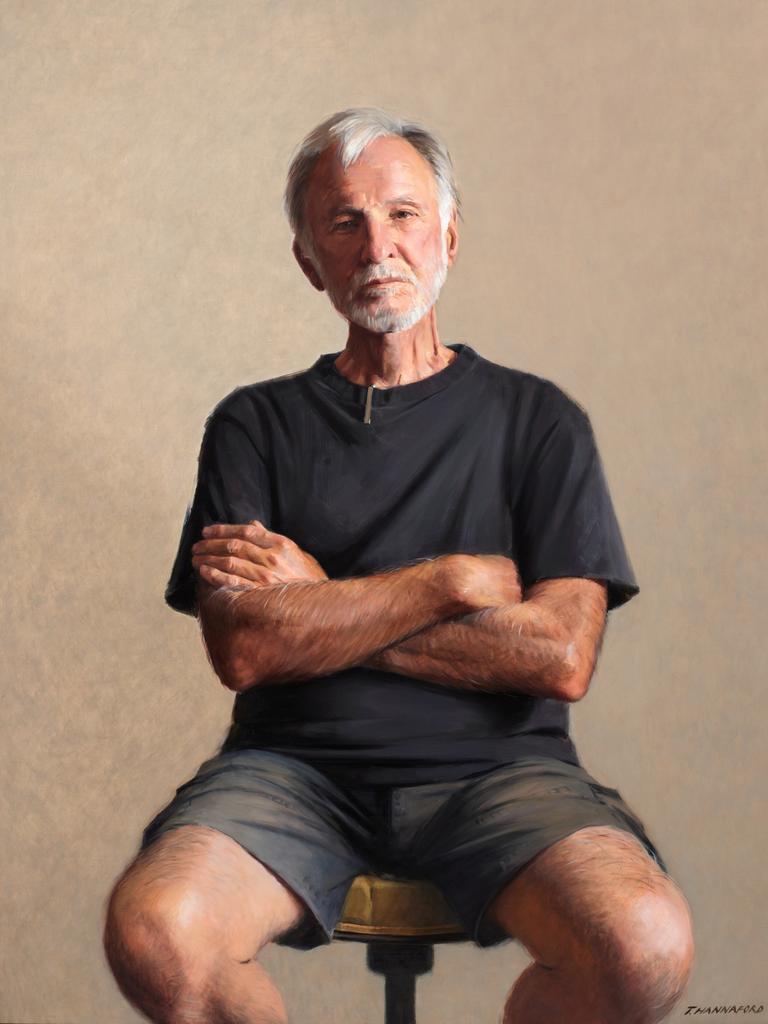
After that there is Marcus Wills’ Callum, a quietly intense painting when you get up close, but so dark as to be impossible to make out at all from a couple of metres away.
Laura Jones’ Tim Winton is oversized but conveys a lively sense of her sitter; Yoshio Honjo’s portrait of Akira Isogawa is a kind of Japanese fantasy, but undoubtedly clever; Jill Ansell’s little portrait of Leon Pericles is eccentric and witty; and Laura Peacock’s tiny Peter O’Neill painted on what appears to be a scrap of paper is also engaging and alive.
Too many pictures, as usual, are are not only so photographically realistic as to make us wonder exactly what value the supposed painter has added, or indeed how they have transferred the image to canvas. Nicola Higgins’ Missy Higgins, Tim Owers’ Cortnee Vine and Ben Smith’s Darren Dale are cases in point. Some, like the absurdly pink portrait of a grinning Chanel Contos, remind us that a such a painting can fail even as a likeness, let alone in conveying character.
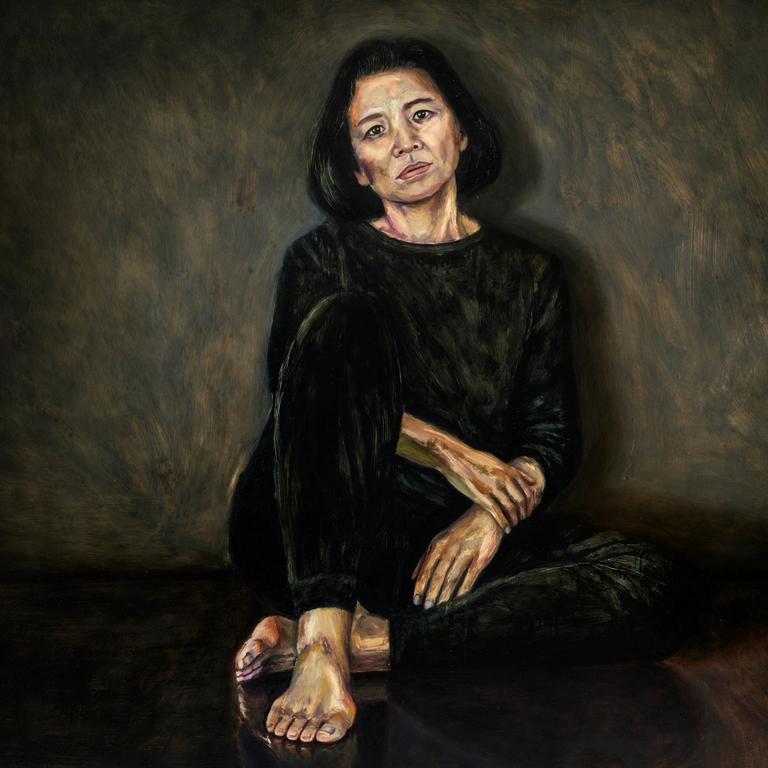
Two cases are worth slightly closer comment. One is Daniel Kim’s group of three figures in an interior; the whole scene retains the boring literalness of a snap, but the faces are particularly clumsy, crudely blocked in as if from the limited photographic information. The other is a dual portrait of Kylie Moore-Gilbert, the Australian academic who was imprisoned by the Islamic dictatorship in Iran, and her husband Sami Shah. Moore-Gilbert was courageous in captivity and has been an eloquent critic of Iran since her release. They deserve better; these likenesses offer no more depth, insight or engagement than a passport mugshot.
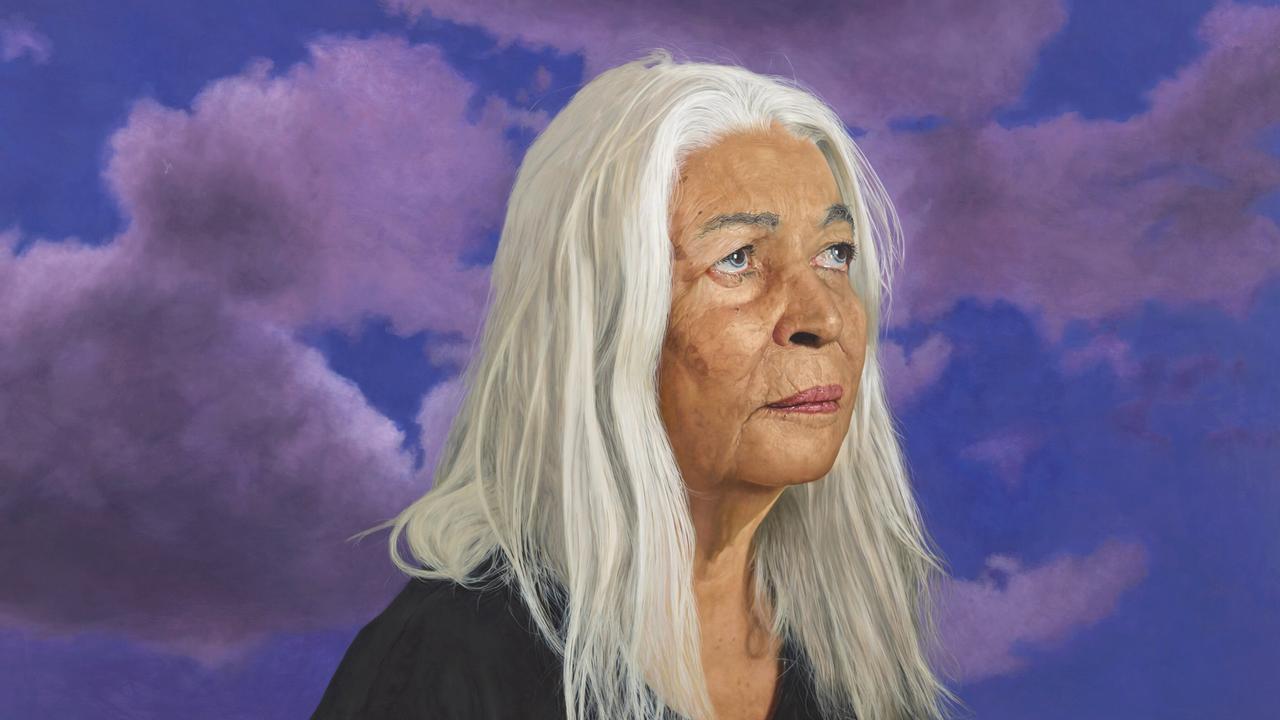
But if the Archibald is predictably disappointing, the Wynne Prize, nominally devoted to landscape painting, is even more egregious. For years, this exhibition has been progressively invaded by Aboriginal dot-paintings, and this year it has finally reached the point of almost total saturation, including many appallingly commercial pieces from the APY art business in South Australia which has been the subject of allegations about the involvement of white assistants.
This work is at best a hybrid that has developed in the last half-century, with questionable roots in Aboriginal culture and no Indigenous audience, since it is produced essentially for sale to a white market of investors and speculators. Allowing it to take over the Wynne Prize is not only deeply insulting to landscape painters of all kinds in this country, but amounts to an erasure of what has always been the most central genre of Australian painting, and ultimately an implicit denial that 97 per cent of our country’s population can imagine any authentic connection with our land.



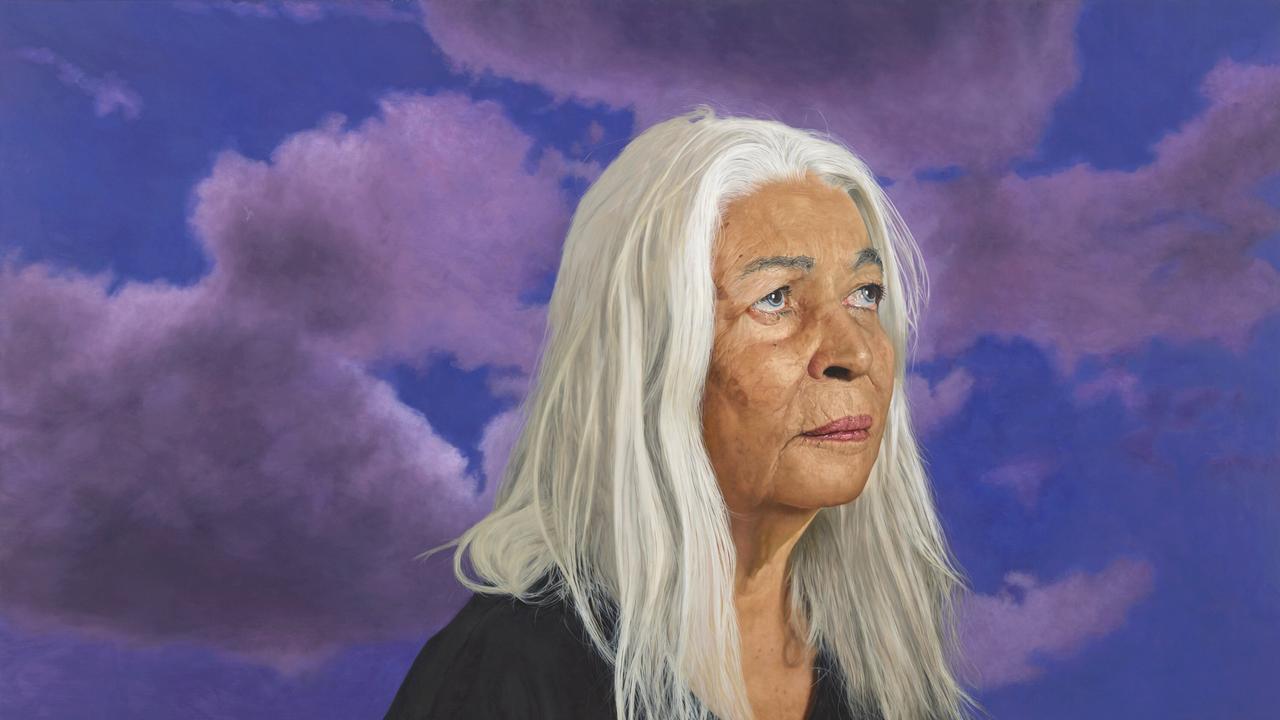
To join the conversation, please log in. Don't have an account? Register
Join the conversation, you are commenting as Logout